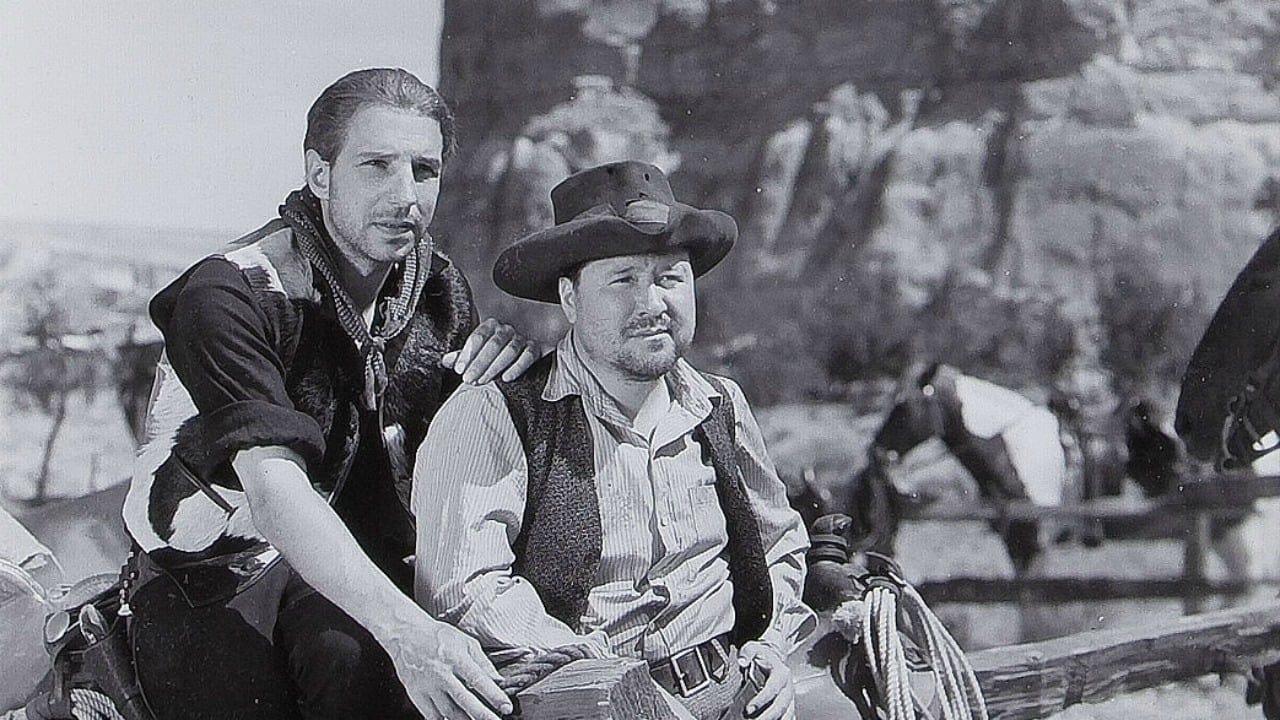


The copy I watched courtesy of YouTube was clean and crisp, and the film itself was good by the standards of the mid-1930s.Unlike some other reviewers here on IMDb, I've always thought Fred MacMurray an acceptable Western actor, and I found Jack Okie irritating in the first part of the film - especially as he rode along with MacMurray anticipating a romantic encounter with a señorita. The back projection was reasonable enough, certainly compared with that in "The Plainsman", issued in the same year.With much of the film being set before Texas became a state (which happened in 1845), there were lots of anachronisms - relating to the Rangers' kit and weapons for example. And the telegraph system was very much in its infancy - I wonder if it had reached Texas?One might also mention the unrealistic death following the shot under the table.On the plus side, the fight between the Rangers and the Indians was excellent and Lloyd Nolan in his early scenes radiated charisma - before reverting to the sort of nasty character he was to portray in later films.
... View MoreThis Western from back in 1936. It doesn't have the fancy special effects, nor color, nor big budget, etc. But it will stand up to just about any Western made today. In glorious black and white, it is one to see when you get the opportunity. Fred MacMurray is the star and does one of his best jobs of acting (seemed more relaxed), Jack Oakie (a great character actor with just the right touch of humor), Lloyd Nolan (who played the bad guy so well) and Jean Parker (the pretty girl who tames MacMurray). The story starts out with three friends who rob stage coaches until a posse catches up to them and they have to split up. MacMurray and Oakie become Texas Rangers with the idea of getting inside info for more hold ups. But experience with the Rangers and a smart girl turn the boys toward the side of the law. Problem is that LLoyd Nolan is still on the opposite side of the law and causing problems. Not to give anything away, but you can guess the ultimate showdown arrives. In between is plenty of action and exciting Indian attacks. Don't miss this one if you like Cowboys and Indians.
... View MoreKing Vidor was quite a director, and he managed to make a western in 1936, that is still very entertaining today. The action scenes did not yet have the technical improvements that would come in the late forties and fifties, but that is a minor detail. The three main characters, MacMurray, Jack Oakie and LLoyd Nolan are outlaws and two of them (MacMurray and Oakie) end up becoming Texas Rangers with the intention of getting information for future robberies. Nolan starts becoming famous as the "Polkadot", because he uses a mask with a polkadot pattern. It is interesting that Nolan's real name in the film is Sam Mcgee, which was also the name of one of poet Robert Service's main characters. Jean Parker is excellent as Amanda, quite a woman, she is the one who chooses her man and makes the advances.
... View MoreThis is my first recollection of Lloyd Nolan. He played "Polkadot Sam", the buddy who went wrong while Fred MacMurray and Jack Oakie became lawmen. Jack Oakie was the wise-crackin' comedy relief. Nolan's nickname came from the polka-dotted neckerchief he always wore. Wouldn't ya know it, Fred MacMurray had to gun him down at the end, and as he cradled his fallen former buddy in his arms we were treated to one of the tear-jerkinest death scenes ever in a western, on a par with Gary Cooper and Richard Arlen in "The Virginian". A lot of ridin' and shootin' made it a Saturday afternoon well spent.
... View More